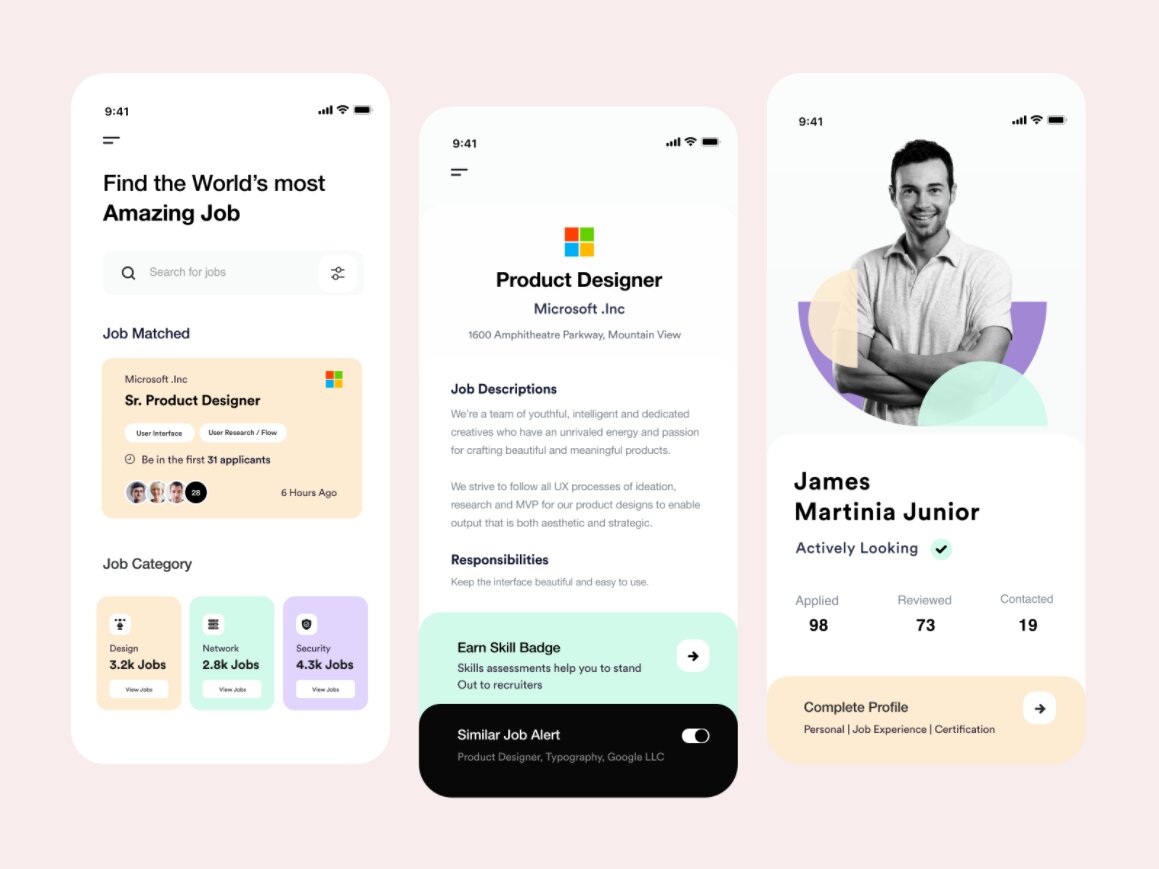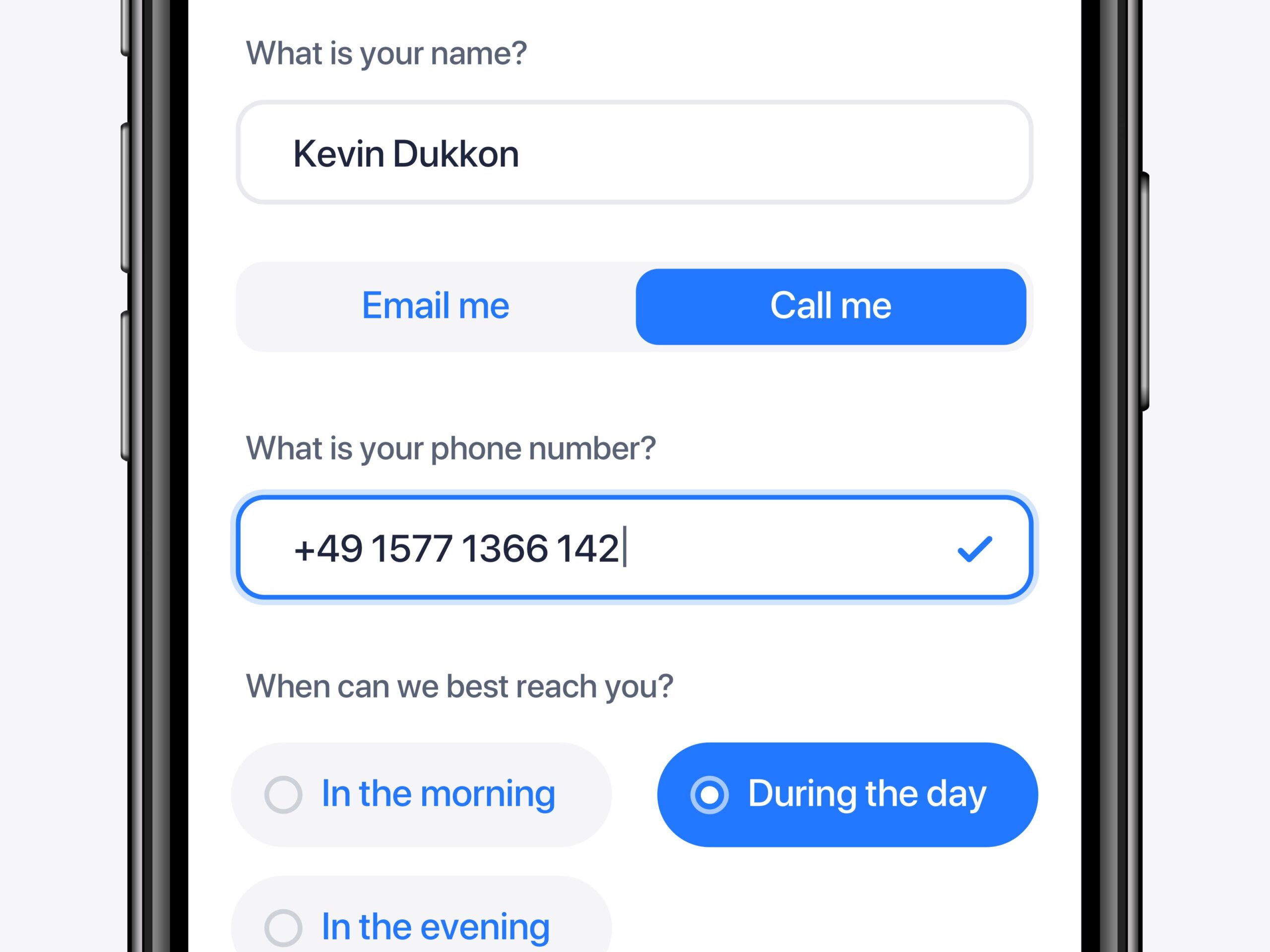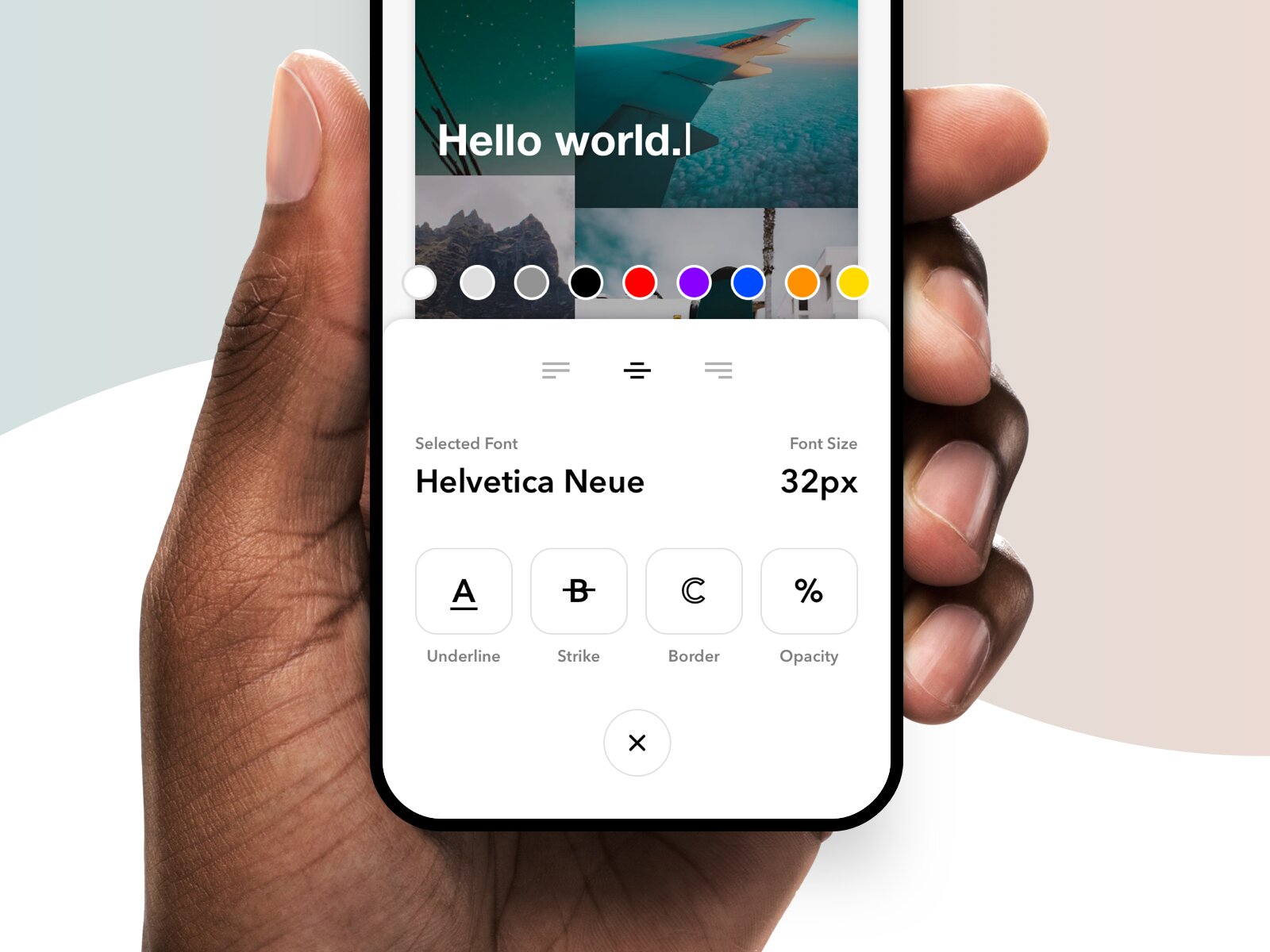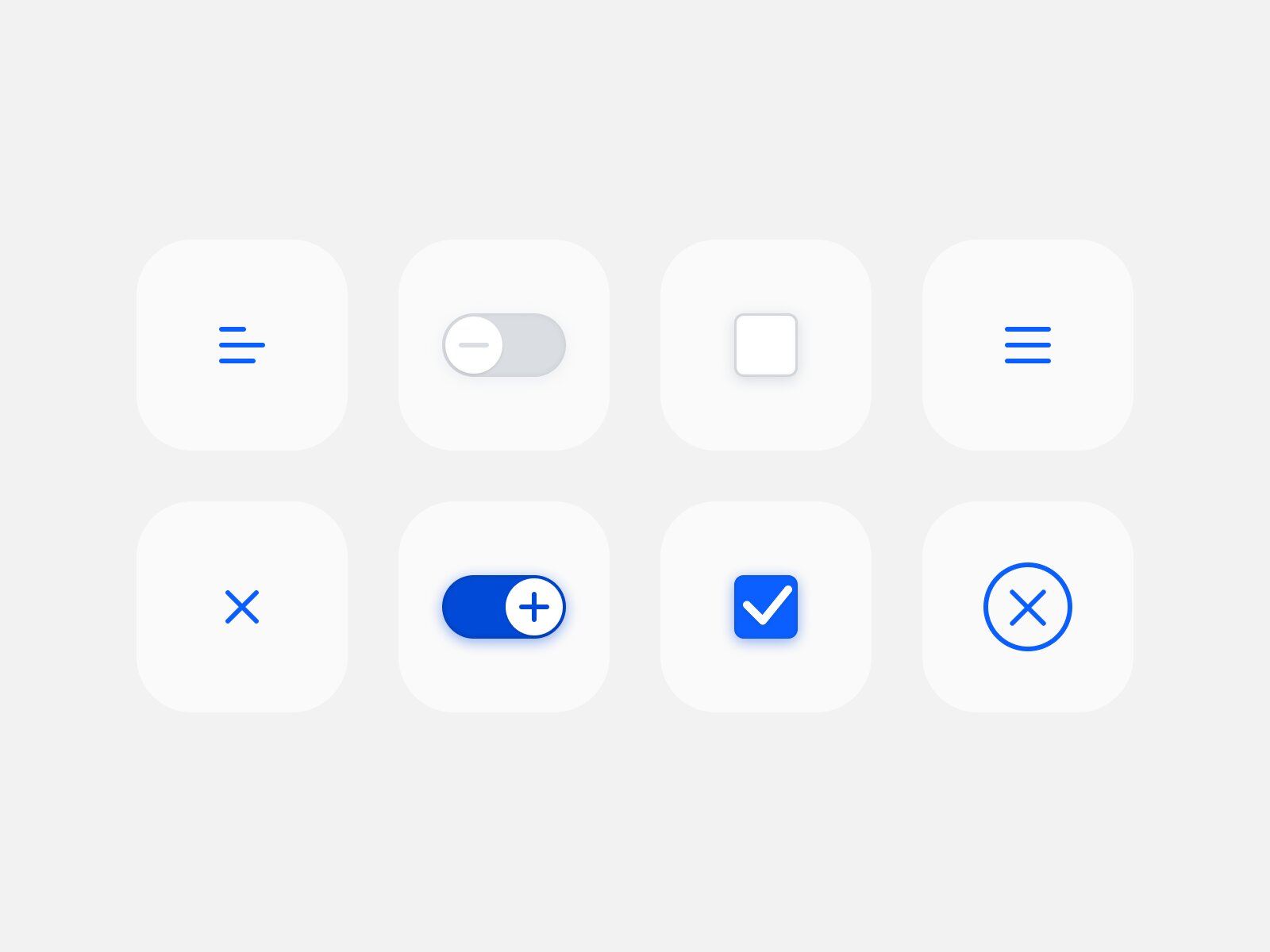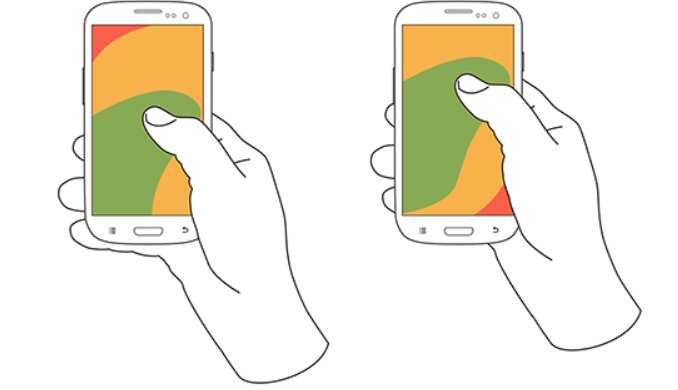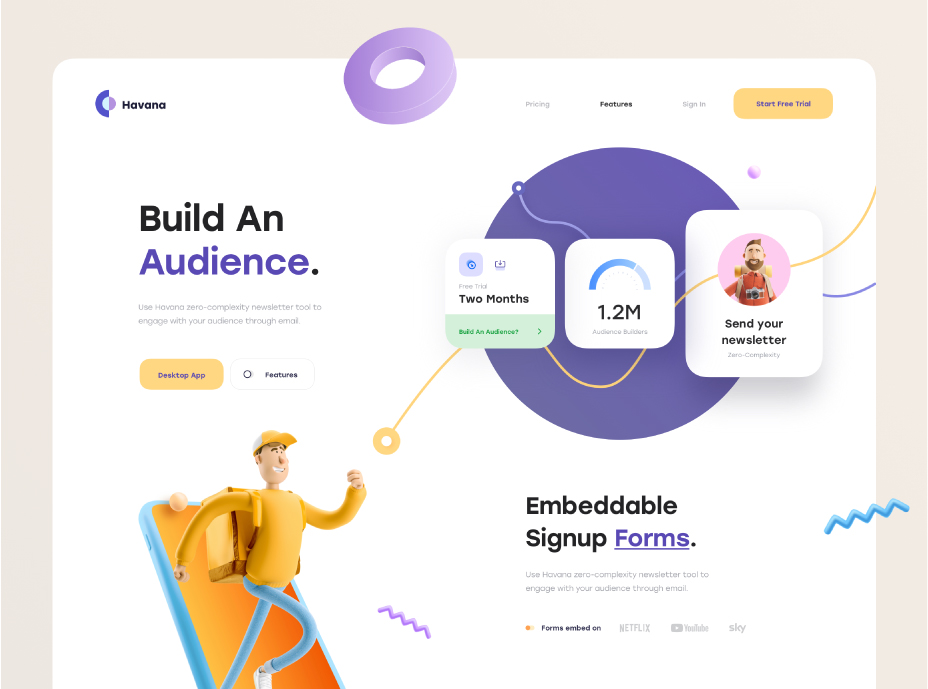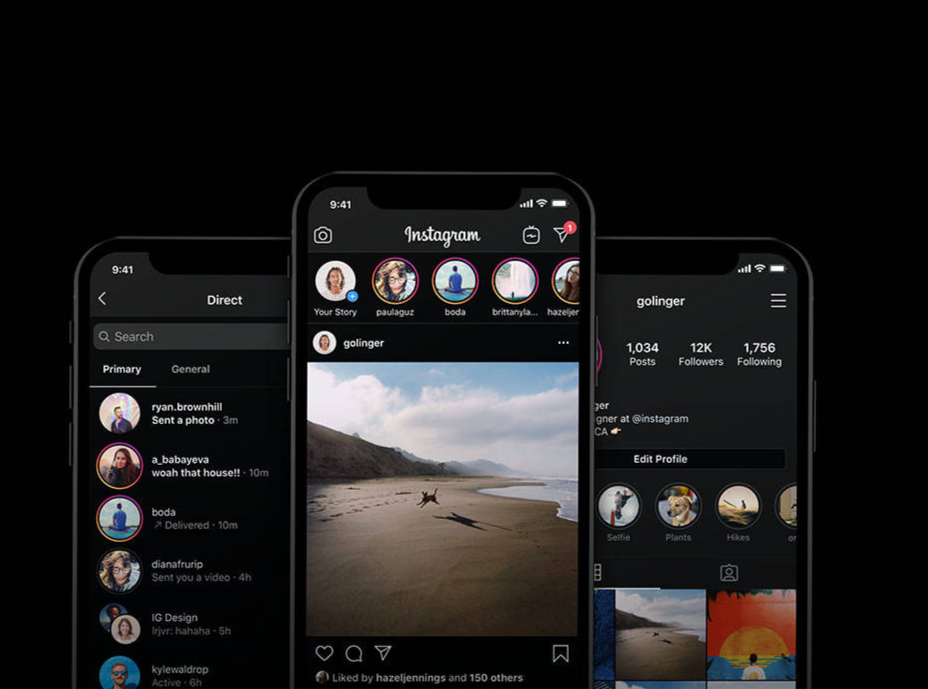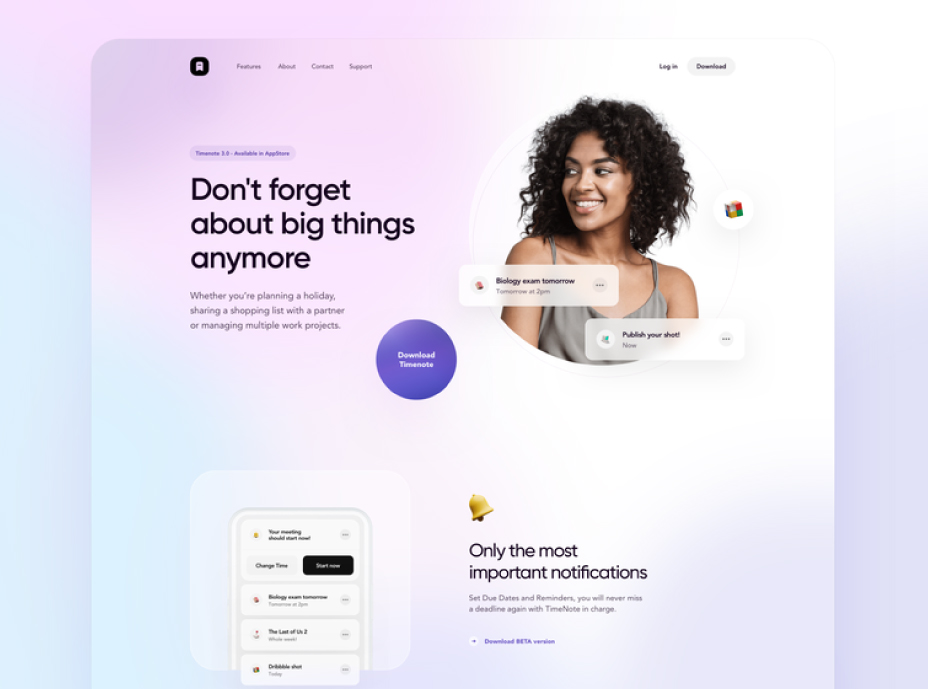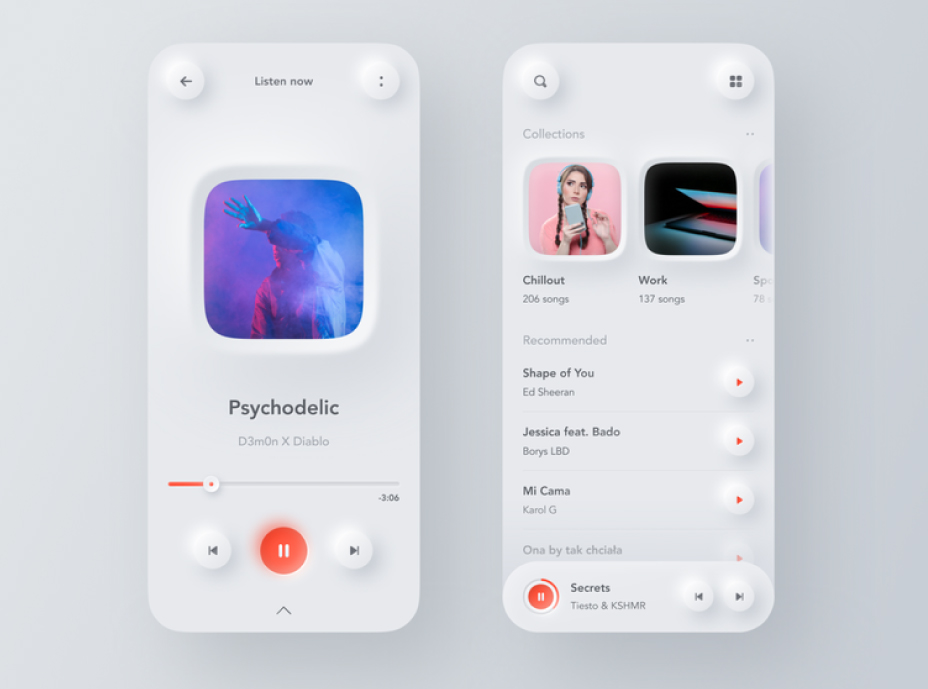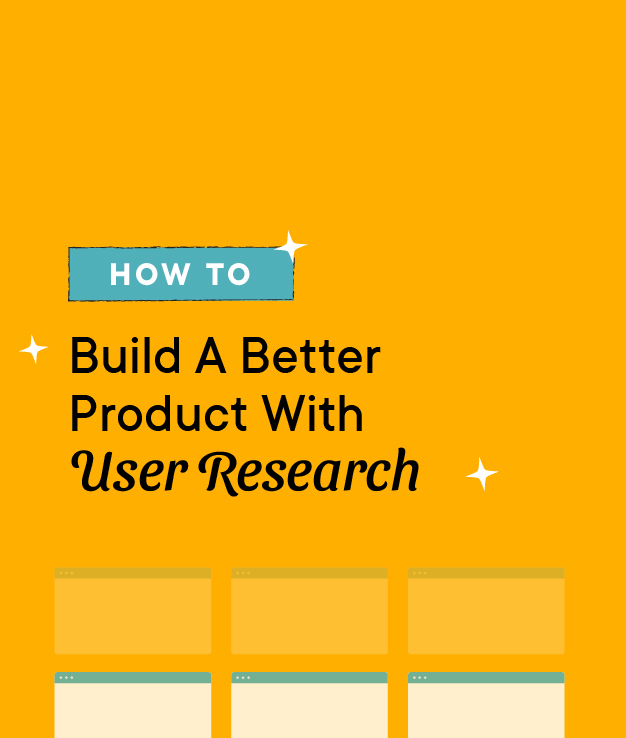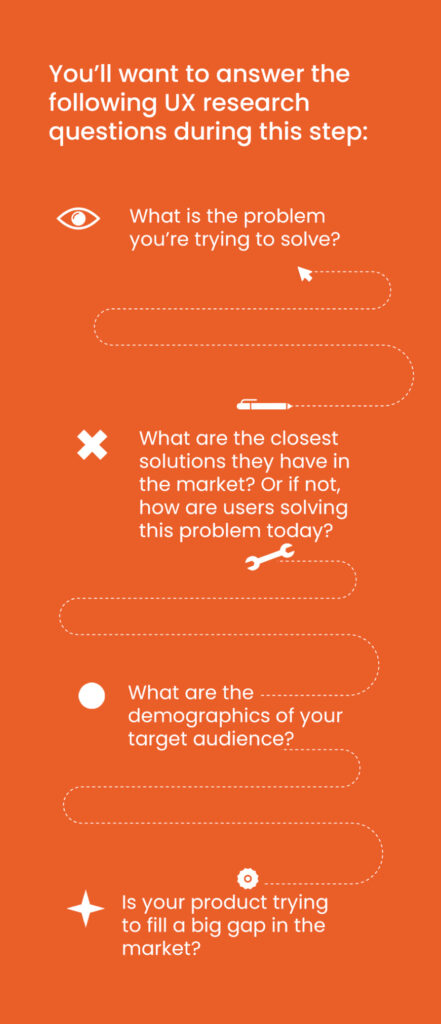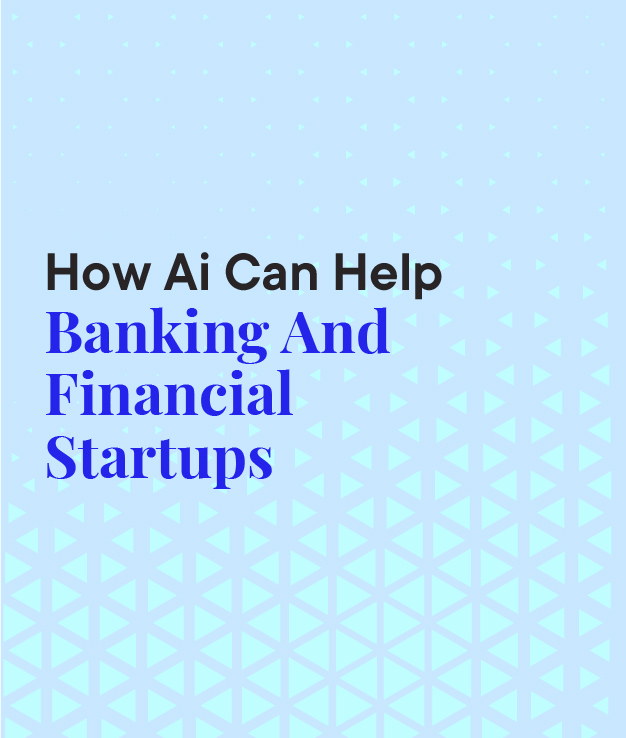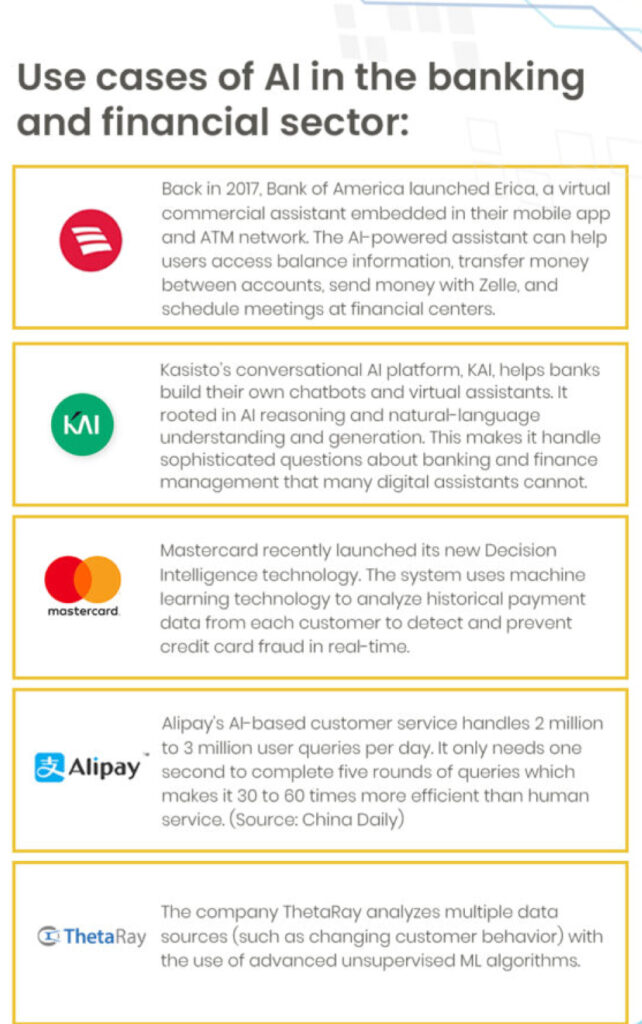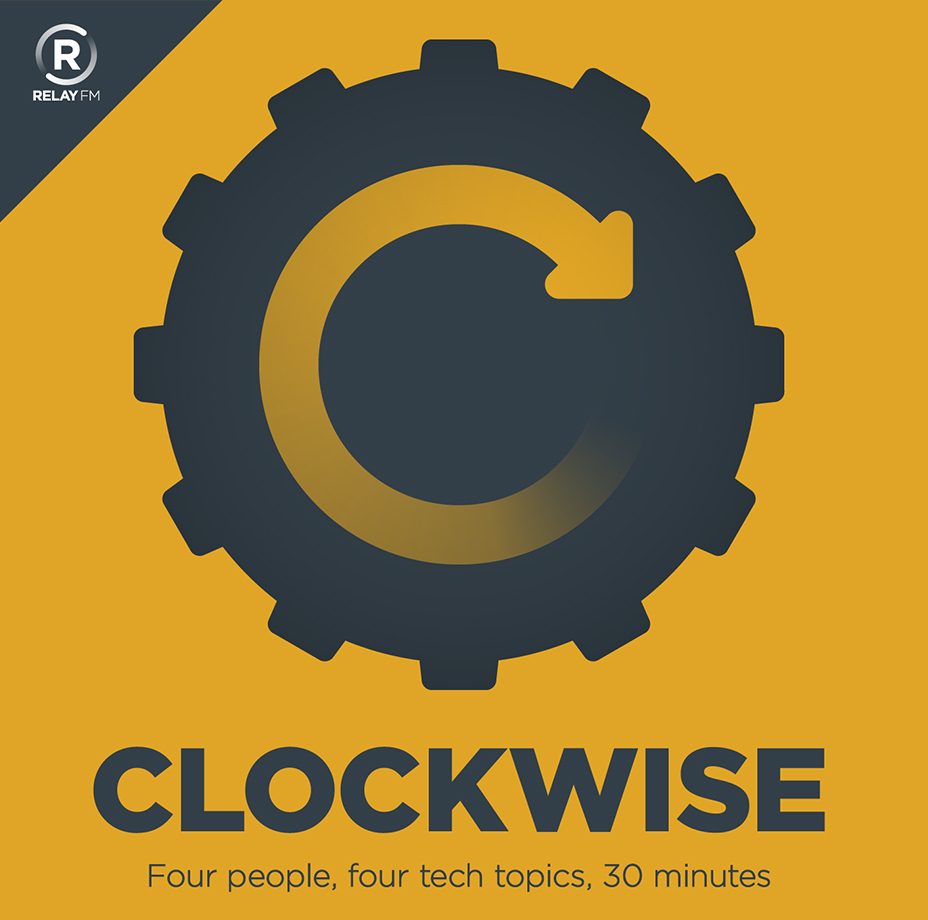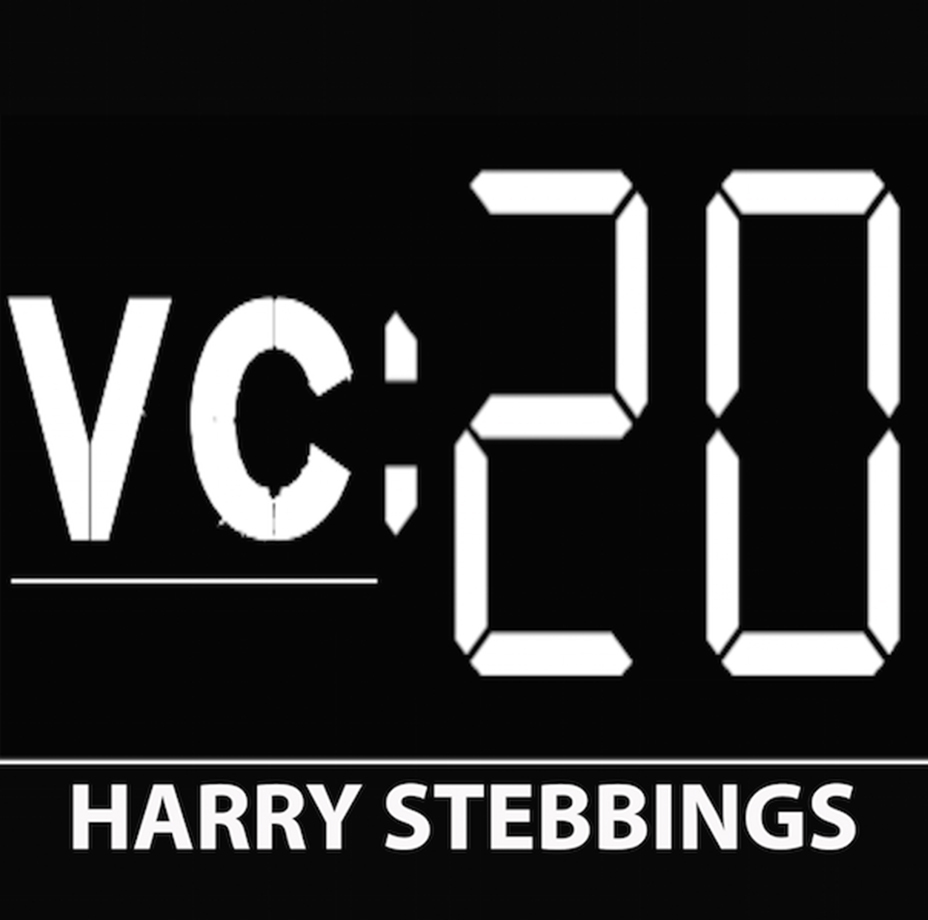Cheers! You have a great app idea but how to turn your app idea into reality?
With the app economy booming, this is the best time to transition your vision for an app into a full-fledged reality. The user base is growing so is the spending on mobile apps.
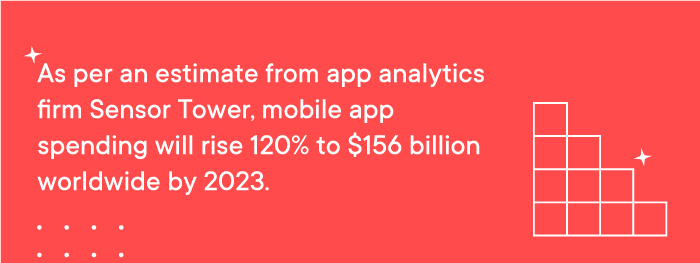
This provides a great opportunity for entrepreneurs and enterprises to nudge into the greatest mobile trend of all times!
But it isn’t as easy as it looks. Once you’re at it, you might find yourself mystified in the process. What should you do? How to get from A to B or B to C? Where to start from?
You’re not the only one asking these questions. Often it’s hard to know where to start from, especially if this is your first time making an app. At Spark Eighteen, we master in providing you solutions to these problems. Here is a step-by-step guide that can help you on how to turn your app idea into reality:
Don’t stop researching!
There is already a surfeit of poorly planned apps that fail within weeks because they do not research well. You would not want to imagine your app among these!
Once you have your basic idea at hand, the very next step is to check if the idea in itself is viable. Below are some of the questions you need answers to:
- What are the problems that you’re solving through your app?
If there isn’t any problem for which your app is the solution, your product will basically remain non-existent.
- Is there a market for your app?
Research online industry journals run a search on Google Trends, conduct keyword research, talk to industry experts – gather as much information you can about your potential market and your ability to scale an idea here.
- Who is your competition?
There can be similar apps in your space that are targeting the same problem and users as you are. Search who they are, check what they’re doing, read online reviews, and run through their social media handles. Collect all this data and analyze the expectations for an app like this and what you can improve upon as you build your own app.
- Who are your users?
Identify your target audience and define your user persona. Uncover how do they tackle the identified problem today, how satisfied or dissatisfied are they with the existing solution, and how is your app going to improve this for them?
Create a basic outline for your idea
Once you are done with the nitty-gritty, it’s time to sketch your app together with a wireframe which is one of the most important elements when answering the question of how to turn your app idea into reality. Your wireframe is the draft of your app’s main architecture. Don’t get carried away making all the design choices just yet, rather stick to the main fundamentals or features of your application. Create a detailed and specific outline of how things are going to work and what pages and functions are needed. Before jumping on to design, keep going back and forth to find if there is any snag in the navigation or screen layout. Move ahead only when you’re satisfied with your wireframes.
Get your app designed
The sketch is ready, now it’s time to color it! This is a super important step as this will decide if your users will stick to using your app or will just delete it after one use. So it’s wise that you don’t rush or skimp through this process. Start by sketching the user interface (UI) for your application. There are various options for how you can go about it as you can either use a paper or a software tool that lets you create mockups for your app. Decide what colors, fonts, and design elements you’re going to use for your app design. Since this is such a crucial step, even a small misstep can create a big problem. We’d recommend you to hand this to a team of designers or programmers with enough technical knowledge or experience to get your product designed faster.
Time to launch and market your app!
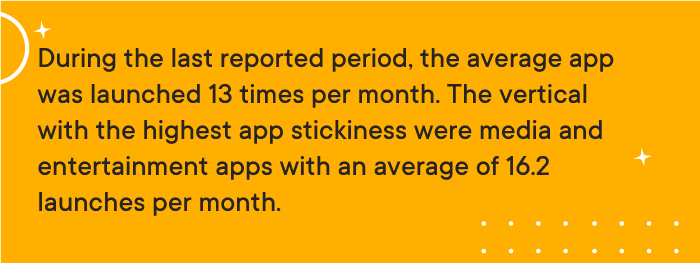
Now that you have your fully-functioning app, it’s time to put it to the test. Make sure every aspect of your app is functioning properly and is visually appealing. Before revealing your masterpiece to the world, run beta testing of your product. This means launching a beta version of your app and making it available for early-adopters. This way you’ll know how your app performs in the live environment and how the audience reacts to it. Collect valuable feedback and use it to improve your app.
After planning, designing, and testing finally it’s time to hit the shelves! But publishing your app to either the App Store or Google Play Store doesn’t end your job. The more complex part is to put the word out there. Without proper marketing, your app will hit the pile of apps that nobody pays attention to. Use the power of social media ads, influencers, or email marketing to spark a conversation about your product.
Lastly, don’t forget to listen to user feedback. Keep improving and updating your app regularly to give users the best experience.
We hope this blog helped in simplifying a very complex process. But again, app development is an ongoing affair that will continue even after the initial launch of the product. This is why you need the best team by your side. Spark Eighteen is a professional team of designers that provide mobile app development services to companies across different industries. Feel free to contact us here.


